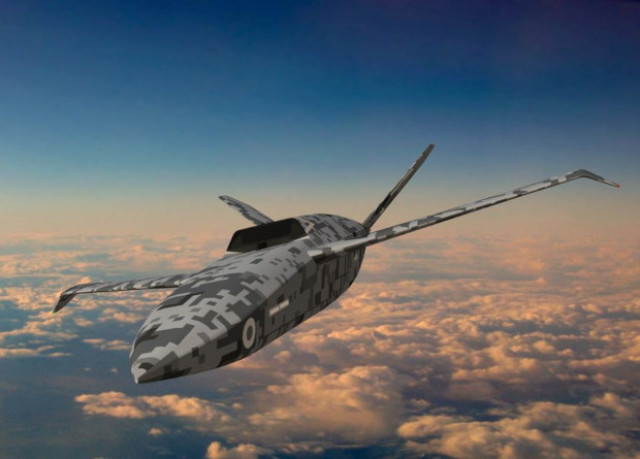The Royal Navy of Great Britain has launched the Vixen research program, which can open the design of a deck-based unmanned aerial vehicle. According to Naval Technology, the military plans to use the promising device as an unmanned slave for fighters with a shortened take-off and vertical landing of the F-35B Lightning II, as well as in the role of a tanker.
Today, the only country that has officially announced the development of a carrier-based drone is the United States. For the US Navy, the American aircraft manufacturer Boeing is developing the MQ-25A Stingray carrier-based unmanned tanker. This device is already undergoing flight tests, and the US military plans to adopt it in 2024.
The British Navy, as part of the Vixen research project, will determine how effective the aircraft-type carrier-based drones will be and for what range of tasks they can be used. In addition to refueling and the role of an unmanned slave, the new vehicles are also considered as reconnaissance platforms. The British military also intends to determine the configuration of the ship on which the drones can be based.
Earlier, the British Navy announced a tender for the supply of electromagnetic catapults and aerial finishers, which will be installed on one of the ships of the fleet by 2023. As one of these ships, the British military considers the aircraft carrier of the Queen Elizabeth type. The catapult will have to increase the combat weight of the F-35B fighters, as well as ensure the launch of new aircraft.
In January of this year, the British company Spirit AeroSystems received a contract from the Ministry of Defense of the United Kingdom for the development and production of a flight model of an unmanned slave. The development of the device will be carried out within the framework of the tender LANCA (Lightweight Affordable Novel Combat Aircraft, an innovative light affordable combat aircraft). Flight tests of the unmanned slave are scheduled to begin before the end of 2023.
Vasily Sychev

